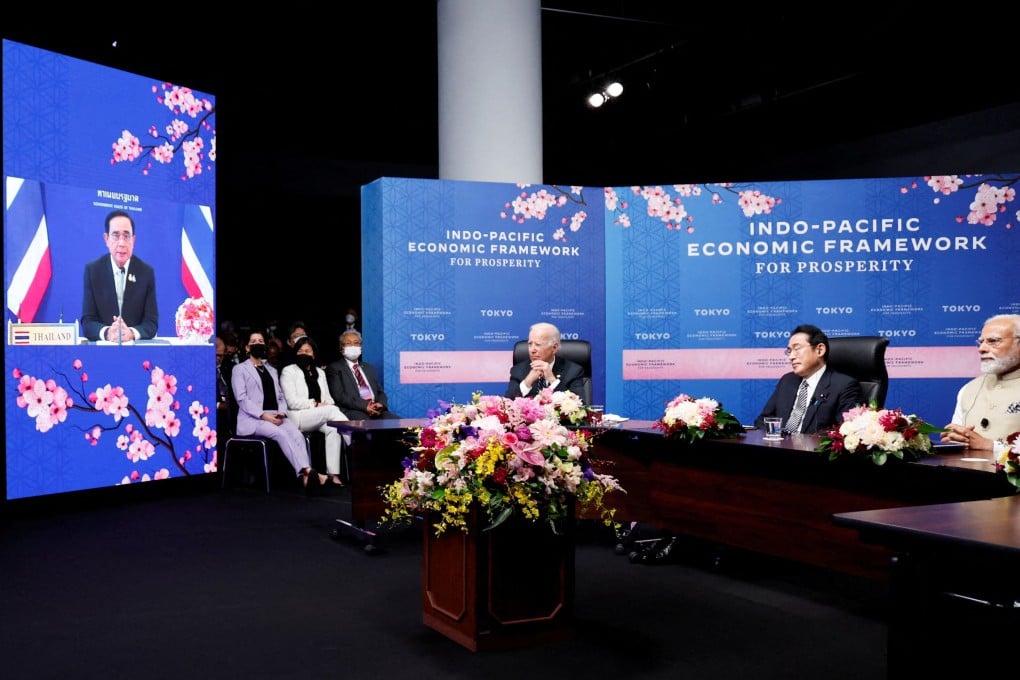Opinion | US’ Indo-Pacific economic bloc irks China but it may not be all bad for the region
- The Indo-Pacific Economic Framework signals the start of competition within global institutions between the US and China
- While this could have destructive effects, it also has the potential to inspire institutional reform and for great powers to provide more public goods

The IPEF is also an economic branch of the US Indo-Pacific strategy against China, which previously focused on security issues through the Quad. Similar to the TPP and the Quad, the IPEF is an exclusive institutional balancing strategy that the US has adopted to counteract China’s economic clout in the region.
Exclusive institutional balancing can be defined as a strategy aiming to exclude a target state from an institutional grouping so the cohesion and unity of the institution will undermine the influence and power of the target state. In contrast, inclusive institutional balancing includes the target state in an institutional setting. In this case, the target state will be constrained, shaped and socialised by the rules and norms of the institution.
Following the 2008 global financial crisis, the US and China led a new wave of multilateralism. China’s Asian Infrastructure Investment Bank (AIIB) touched a sensitive nerve in Washington as it was considered a challenge to US global financial governance through the World Bank and the International Monetary Fund.
In a similar fashion, China’s Belt and Road Initiative was seen as a Chinese economic hub-and-spoke system challenging US leadership.

